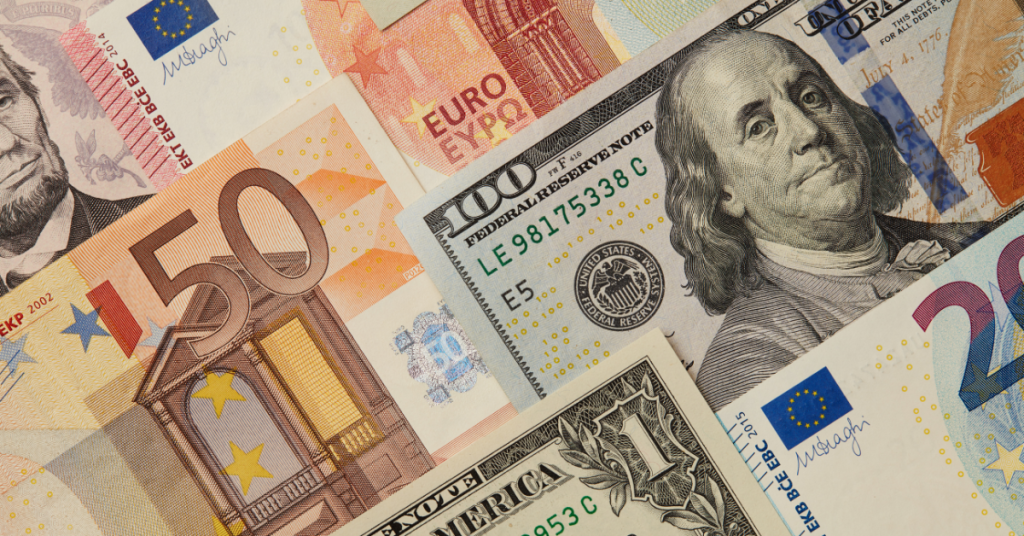Currency derivatives allow traders to hedge against risks arising from fluctuations in foreign exchange rates. One of the actively traded currency pairs on Indian exchanges is EUR-INR. For those looking to trade derivatives on the euro against the Indian rupee, here are 5 key things to know.
Table of Contents
1. EUR-INR Futures Price
Currency futures contracts allow a trader to buy or sell euros for delivery on a future date at a predetermined exchange rate. On Indian exchanges like NSE and BSE, EUR-INR futures are cash-settled in rupees based on the reference rate published by the Reserve Bank of India.
Trades can take positional long or short trades depending on their view on the direction of the EUR-INR exchange rate. The EUR INR futures prices give traders an idea of where the market expects the rate to be at contract expiry.
2. EUR-INR Option Chain
Currency options provide the right but not the obligation to buy or sell euros at a fixed price on or before the expiration date. The EUR INR option chain lists put and call options of different strike prices with their latest market prices.
Options allow traders to take leveraged directional views and hedge currency risks at known premium outgo. Traders can take call or put option trades based on the market perspective.
Also Read: Gold Price Fintechzoom
3. Trading Cycles and Expiry Calendar

On Indian exchanges, EUR-INR derivative contracts have a 11-week cycle with monthly contracts expiring on the last Friday of every month. This offers regular opportunities to trade around events like monetary policy announcements from the European Central Bank.
Traders should be aware of upcoming monthly and quarterly expiry dates to plan their strategies accordingly.
4. Margin Requirements
Given the inherent leverage in derivatives trading, exchanges mandate initial and maintenance margin amounts for different contract types and positions. For instance, the initial margin requirement rate for EUR-INR futures is 0.30% Mark to Market of the Gross contract value.
This protects both traders and exchanges from default risks. Maintaining adequate margin balances is important to avoid facing a compulsory square-off of open positions.
Also Read: Fintechzoom Google Stock
5. Underlying Spot Rate Movement
The underlying EUR-INR spot foreign exchange rate fluctuates throughout the day based on a wide range of domestic and global macroeconomic factors. Currency derivatives derive their value from movements in the spot rate.
Therefore, traders also need to track triggers like major economic data, central bank actions, geopolitical events, etc. that could significantly impact the EUR-INR exchange rate in both the short-term and long-term.
Conclusion
In short, a sound understanding of currency pairs like EUR-INR and their derivatives provides valuable tools for hedging foreign exchange risks as well as profiting from views on cross-currency movements. Regularly studying futures prices, options data, and factors affecting the underlying spot rate is crucial for effective participation in this market. Currency derivatives thus deserve due consideration within a well-diversified trading or investment portfolio. To trade in currency derivatives, open an account with Dhan and use its wide range of tools.
[…] rates and fees can significantly impact the total amount received by the […]
[…] continues to be a desirable asset and a common trade instrument even if the gold standard, in which currencies were directly linked to gold, is no longer in […]